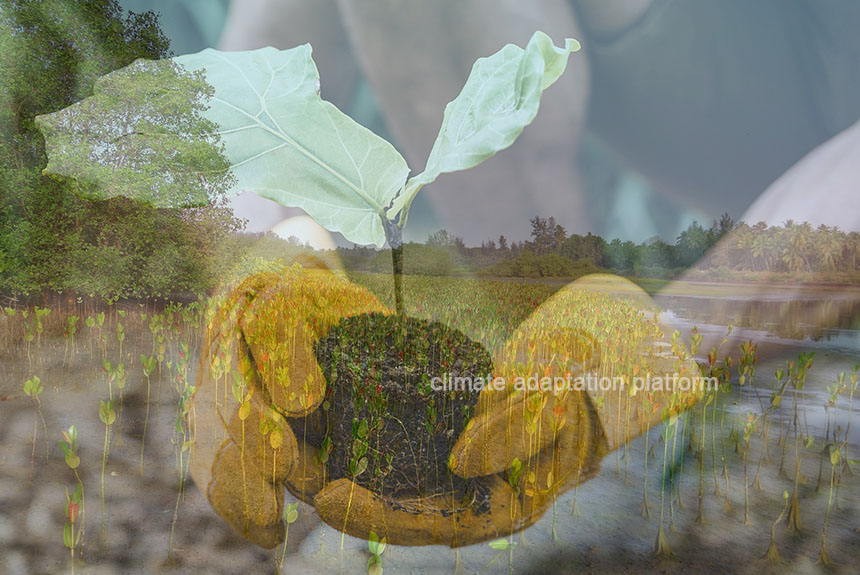While the concept of nature-based solutions (NbS) for adaptation is not new, calls to implement these solutions are growing significantly worldwide.
According to the World Resources Institute, nature-based solutions are not only considered super solutions to climate change but can also simultaneously address various social, environmental, and economic challenges.
The article notes that to limit warming below the 1.5°C thresholds set by the Paris Agreement, actions to stop biodiversity loss and land degradation and investment in nature-based solutions would need to triple by 2030.
The article provides examples of the use of nature-based solutions to address climate change effects in various places around the world: Mumbai, India’s 3.2-acre urban forest to combat the urban heat island (UHI) effect; Burundi, Africa’s use of trees and crops to prevent soil erosion and landslide; and Medellin, Colombia creation of a green corridor by planting over 8000 trees to combat heat.
It also highlights how the damage to nature can exacerbate flooding and erosion due to rising sea levels. In Seychelles, an archipelago in East Africa, 70% of their mangroves have been damaged since 1700 due to development, agriculture, and soil erosion from rising sea levels.
Governments are working with local communities to restore these mangroves to the threats from rising sea levels for protection against sea level rise and for their capacity to sequester enormous amounts of carbon dioxide from the atmosphere. Mangroves also help the locals economically, serving as breeding grounds for fisheries and promoting biodiversity.
According to the article, nature-based approaches are climate adaptation and mitigation solutions. They’re the cheapest, fastest, and most widely available solutions and could provide one-third of the carbon mitigation needed to meet the Paris Agreement’s goal.
For example, a forest restoration project can remove and store atmospheric carbon. Forest restoration and tree planting also provide climate adaptation services because trees provide cover and cool the air while their roots prevent soil erosion.
Nature-based solutions as climate adaptation strategies
Nature-based solutions can also be climate adaptation strategies, an ecosystem-based adaptation (EbA) concept. The video below from the UN Environment Programme (UNEP) explains how:
UNEP supports ecosystem-based adaptation around the world. Their website provides an interactive map that shows where and what these projects are.
Sources:
Choi, E., Rao, R., & Czebiniak, R. (2023, December 4). What Exactly Are “Nature-based Solutions”? World Resources Institute. World Resource Institute. Retrieved from https://www.wri.org/insights/what-exactly-are-nature-based-solutions?
Ecosystem-based Adaptation. (2024). UN Environment Programme. Retrieved from https://www.unep.org/topics/climate-action/adaptation/ecosystem-based-adaptation



Leave a Reply